Magnetothermoelectric Power: Interaction of Magnetic Fields and Thermoelectric Effects
Introduction
Magnetothermoelectric power is a phenomenon that involves the interaction of an external magnetic field with thermoelectric properties in a material. In recent years, this area of interaction has gained much attention due to its potential applications in energy conversion, advanced materials design, and new thermoelectric devices. By gaining a deeper understanding of the interaction of magnetic fields with thermoelectric materials, new pathways for enhancing energy harvesting and cooling system efficiencies are being unlocked.
What Is Thermoelectric Power?
The thermoelectric power, otherwise called the Seebeck effect, refers to the generation of an electrical voltage or electromotive force due to the temperature difference across a material. This voltage develops due to the flow of charge carriers—electrons or holes—from the hot side to the cold side, driven by the thermal gradient. The Seebeck coefficient quantifies the magnitude of the thermoelectric voltage developed per unit temperature difference in a material.
The quest for materials with high thermoelectric efficiency is of great interest in energy applications, including waste heat recovery and cooling systems. Common thermoelectric materials are semiconductor materials, such as Bi₂Te₃ and PbTe, which have shown excellent thermoelectric properties under specific conditions.
Magnetic Fields' Role in Thermoelectricity
Magnetic fields can significantly influence the behaviour of charge carriers within a material, thereby changing its electrical and thermal properties. Such an interaction between a magnetic field and the thermoelectric effect is commonly referred to as the magnetothermoelectric effect. In cases where a temperature gradient and a magnetic field are applied over a material, charge carriers face additional forces due to the Lorentz force, acting in a direction perpendicular to both their direction of motion and the magnetic field itself. This could alter the distribution of charge carriers inside the material and thus affect the thermoelectric voltage generated.
The magnetic field's influence on thermoelectric power can indeed be both positive and negative, depending on various conditions such as the material type, temperature, and magnetic field strength. Interacting with magnetic fields, this new class of materials can exhibit enhanced or tunable thermoelectric properties, which may show improved performance in applications with thermoelectric energy conversion or refrigeration.
Mechanism of Magnetothermoelectric Power
The basic principle of magnetothermoelectric power can be explained by the Nernst-Ettingshausen effect, in which a transverse voltage is induced due to a temperature gradient under a magnetic field. Under the effect of both a thermal gradient and a magnetic field, charge carriers move on a curved trajectory due to the Lorentz force. Due to this curving action, there will be an accumulation of charge along the edges of the sample, leading to a transverse voltage.
Mathematically, the Nernst voltage, V, can be expressed as:
Explanation:
V = -α*∇T*B
Where:
• V is the induced voltage,
• α is the Nernst coefficient, which is material-specific,
• ∇T is the temperature gradient,
• B is magnetic field strength.
In this equation, the voltage generates perpendicular to both the magnetic field and the direction of the temperature gradient. This leads to the modulation of thermoelectric power in the presence of a magnetic field.
Materials with Magnetothermoelectric Effects
Not every material exhibits significant magnetothermoelectric effects. However, some classes of materials are likely to display pronounced magnetothermoelectric effects. These include:
1. Topological Insulators: These are materials with insulating bulk properties, while their surface states conduct. Due to the strong spin-orbit coupling in topological insulators, thermoelectric and magnetothermoelectric effects can be significantly enhanced.
2. Semiconductors: Some semiconducting materials like Bi₂Te₃ and PbTe can exhibit magnetothermoelectric power, especially when doped with specific elements or designed with nanostructured architectures that improve electron mobility and thermoelectric efficiency.
3. Magnetic Semiconductors: Materials with both magnetic and semiconducting properties, like half-metallic ferromagnets, present special interactions between magnetism and thermoelectric properties. These materials are of particular interest for applications in spintronic devices, where both electron spin and charge are manipulated.
4. Graphene and Other Two-Dimensional Materials: Graphene and other two-dimensional materials hold great promise due to their high electrical conductivity and the ability to tune electronic properties through doping and structural modifications, yielding enhanced thermoelectric and magnetothermoelectric effects.
Applications of Magnetothermoelectric Power
1. Energy Harvesting: Energy harvesting is among the most promising applications of magnetothermoelectric power and takes an important place in waste heat recovery. With the use of magnetothermoelectric effects, one can design materials that convert thermal and magnetic energy into electricity with higher efficiency than conventional thermoelectric materials.
2. Thermoelectric Cooling: Thermoelectric coolers, used for refrigeration and temperature control, may also benefit from the magnetothermoelectric effect. TECs can achieve higher cooling efficiencies by optimising their material properties for both temperature gradients and magnetic fields, thus enabling higher performance in applications with compact cooling requirements.
3. Spintronics and Quantum Computing: Magnetothermoelectric materials can contribute to the development of spintronic devices where electron spin, in addition to charge, is used as a carrier of information. These materials may also aid quantum computing applications where quantum states of matter are manipulated to perform computations.
4. Magnetic Sensors: Magnetothermoelectric materials are applied in magnetic sensors that detect the presence and strength of magnetic fields. Such sensors hold value in various applications, including industrial monitoring, environmental sensing, or even medical diagnostics.
Conclusion
Magnetothermoelectricity is a prominent field in materials science and energy technology. New material developments and devices that take advantage of the interaction of magnetic fields and the thermoelectric effect should enable improved performance in energy harvesting, cooling applications, and advanced electronics. Continued research has potential to deliver significant improvements in the efficiency and functionality of thermoelectric and magnetothermoelectric devices for sustainable energy solutions and advancements in quantum technologies.

 Bars
Bars
 Beads & Spheres
Beads & Spheres
 Bolts & Nuts
Bolts & Nuts
 Crucibles
Crucibles
 Discs
Discs
 Fibers & Fabrics
Fibers & Fabrics
 Films
Films
 Flake
Flake
 Foams
Foams
 Foil
Foil
 Granules
Granules
 Honeycombs
Honeycombs
 Ink
Ink
 Laminate
Laminate
 Lumps
Lumps
 Meshes
Meshes
 Metallised Film
Metallised Film
 Plate
Plate
 Powders
Powders
 Rod
Rod
 Sheets
Sheets
 Single Crystals
Single Crystals
 Sputtering Target
Sputtering Target
 Tubes
Tubes
 Washer
Washer
 Wires
Wires
 Converters & Calculators
Converters & Calculators
 Write for Us
Write for Us
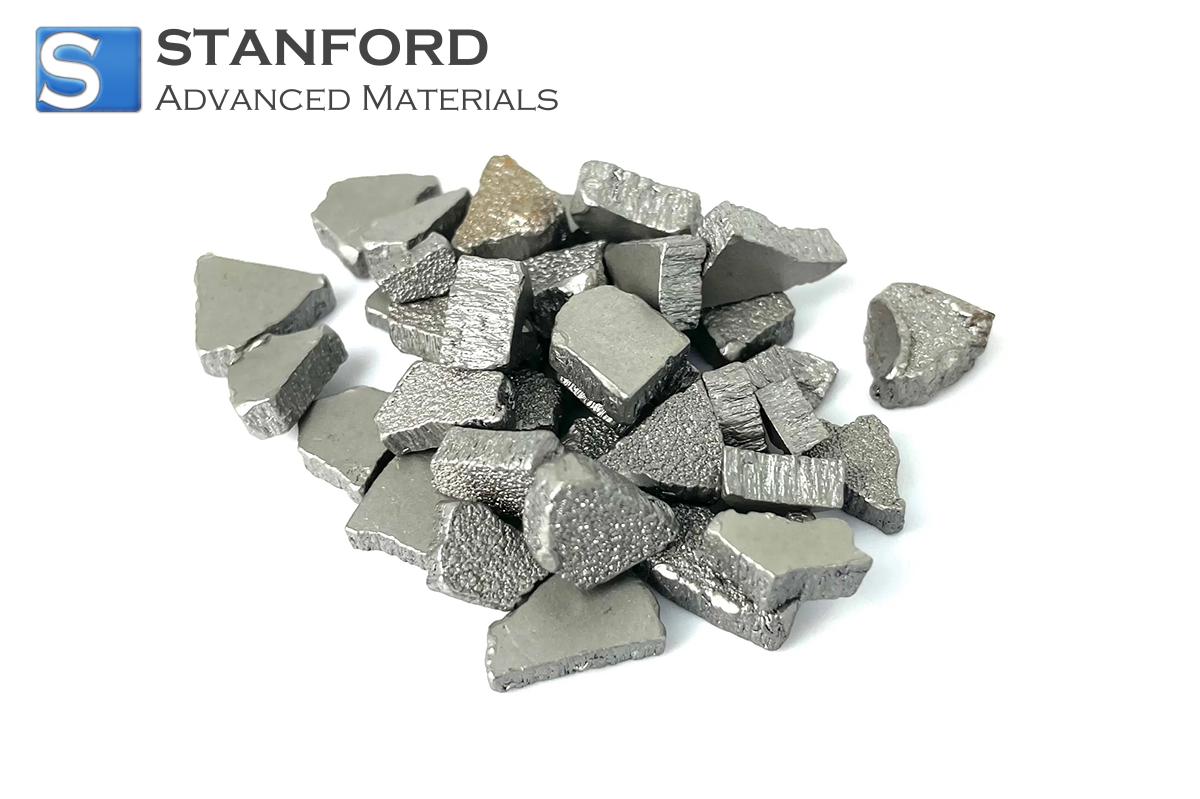
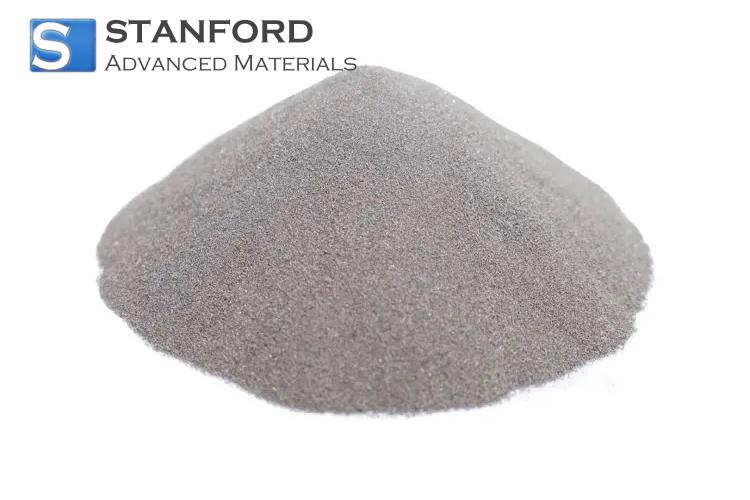
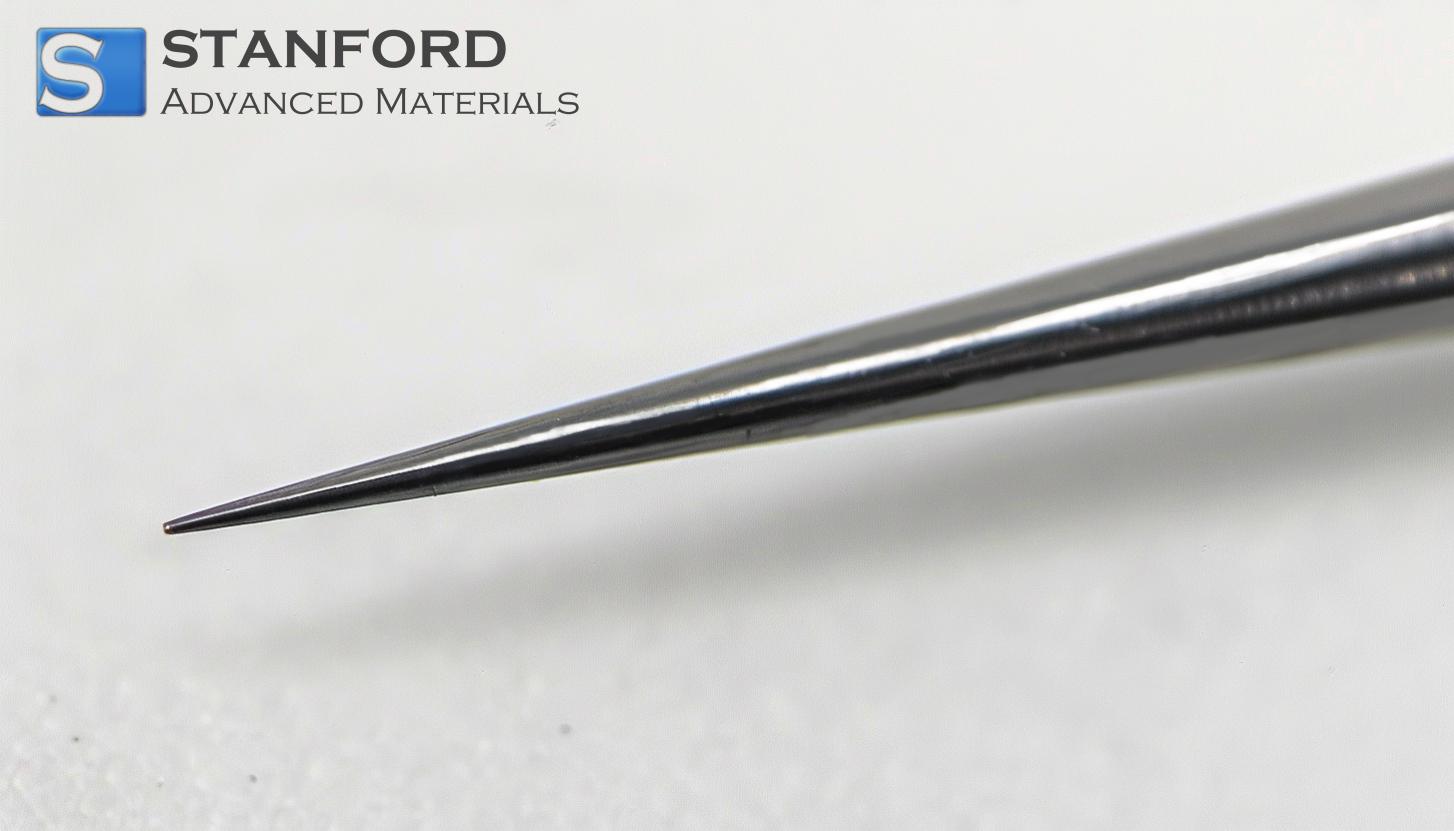
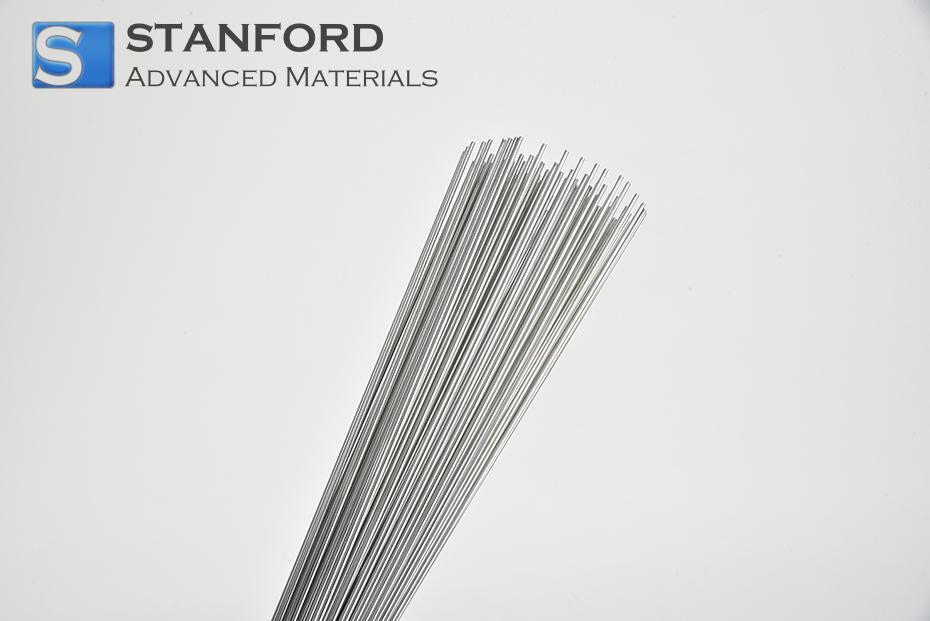
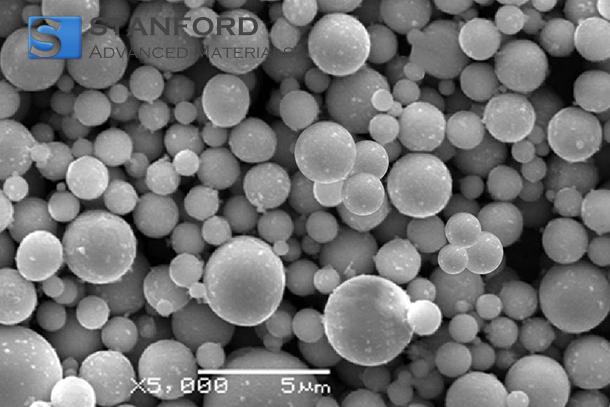
 Chin Trento
Chin Trento



